SUMMARY
This is AI generated summarization, which may have errors. For context, always refer to the full article.
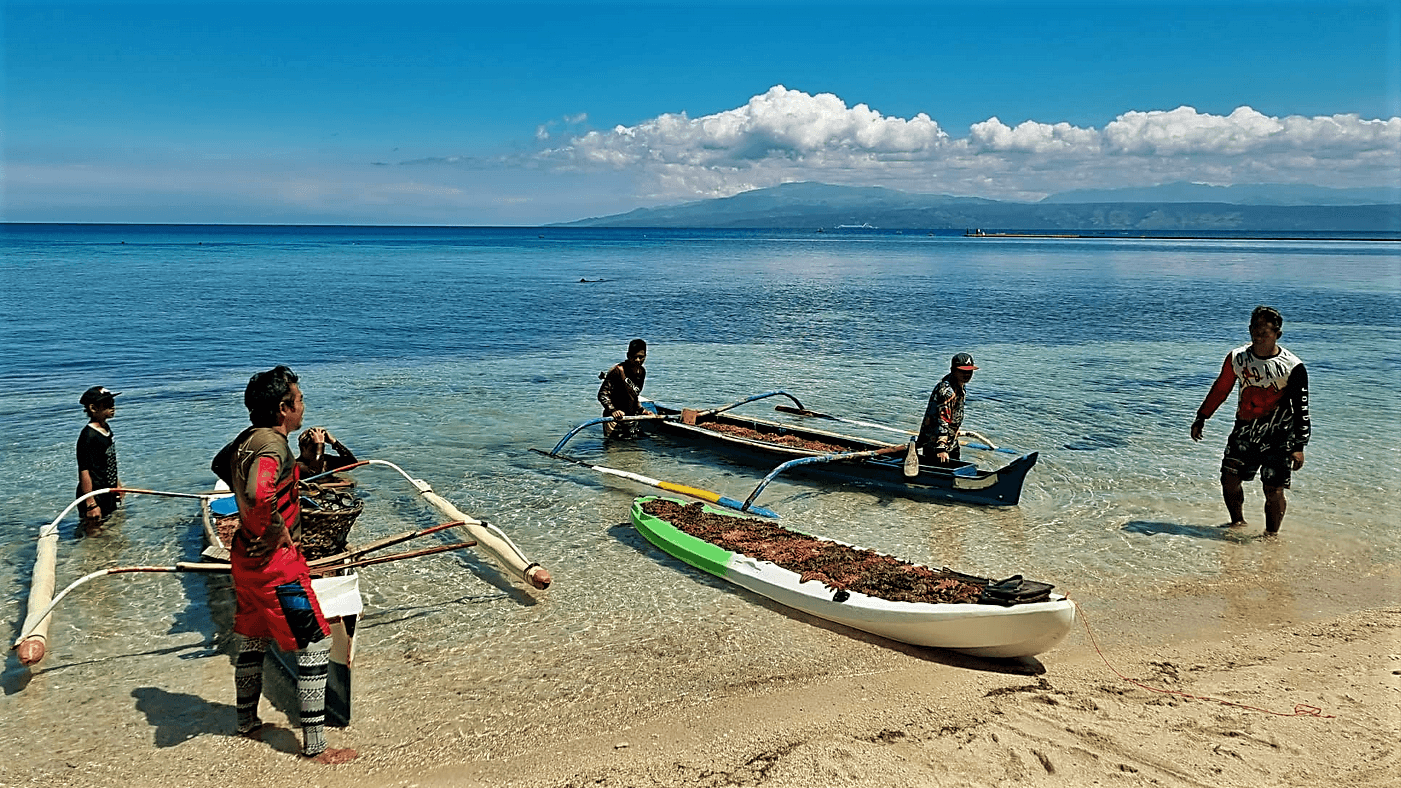
GENERAL SANTOS CITY, Philippines – Authorities sounded alarm bells over the worrisome state of Sarangani Bay in Mindanao because of what they see as one of the worst infestations of the coral predator crown-of-thorns starfish (COTS) to plague the country.
The Department of Environment and Natural Resources (DENR) called the COTS infestation in Sarangani Bay one of the worst to hit the country.
Sarangani Bay is a protected seascape at the southernmost tip of Mindanao.
Officials said a wide area of the bay needs immediate attention to ward off serious threats to the bay’s marine life.
The menacing starfish, called dap-ag by locals, also pose serious threats to the livelihood of fishing families in coastal communities in the Sarangani towns of Kiamba, Maasim, and Glan, the Protected Area Management Office of the Sarangani Bay Protected Seascape (SBPS) said on Thursday, June 16.
Protected Area superintendent Joy Ologuin said the problem is that the COTS keep on coming back in greater numbers.
“We remove the thorns this month; a month later, more thorns are back,” Ologuin said.
Officials said an alarming surge in COTS was initially noted in January. That month, residents, government workers, and volunteers collected more than 150,000 COTS, Ologuin said.
“The number of COTS continues to rise and the problem needs to be addressed immediately or we lose our corals in the bay. When the corals are destroyed, the marine ecosystem will also be drastically affected,” she said.
The SBPS area comprises 215,950 hectares, with 68 coastal villages in six of the seven towns of Sarangani province.
The 224-kilometer coastline of Sarangani Bay runs across the General Santos City Fish Port Complex, a coal-fired power plant, shipyards, industrial plants, beach resorts, fishing villages, shipyards, marine sanctuaries, and aquaculture farms.
SBPS deputy superintendent Cirilo Lagnason Jr. said local beach resort owners and big companies need to shift their corporate social responsibility efforts for the environment from tree-planting to helping out in ridding Sarangani Bay of the COTS menace.
Lagnason warned of serious repercussions to the local economy because the destruction of fish habitats would result in the depletion of fish stocks.
Over the last several decades, widespread damage to coral reefs in the Indo-Pacific region was blamed on COTS.
Officials said the overfishing of the giant triton, the COTS’ primary predator, may have factored in the infestations.
DENR has listed Sarangani Bay as a key marine biodiversity area. It has 27 mangrove species and nine associate species with its coral resources covering at least 2,293 hectares of 411 reef species, 60 live hard coral species, and 11 species of seagrass.
Coral reefs are the rainforests of the sea. They serve as shelter and feeding grounds for juvenile and adult fishes and sea creatures.
Sarangani Bay is a sanctuary for many threatened species, including dolphins, whales, giant clams, and four species of marine turtles: hawksbill, olive ridley, loggerhead, and green sea turtles. – Rappler.com
Add a comment
How does this make you feel?

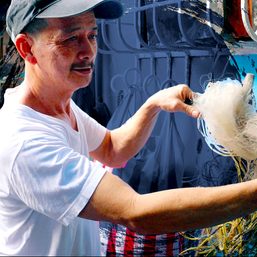
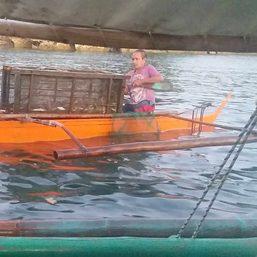
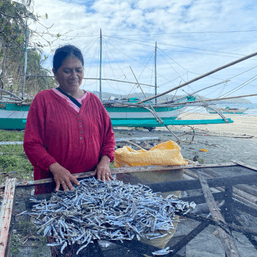
![[DOCUMENTARY] Our 15 kilometers: Small fishers fear losing municipal waters to big operators](https://www.rappler.com/tachyon/2023/12/our-15-kilometers-iuu-fishing-docu.jpg?resize=257%2C257&crop=279px%2C0px%2C720px%2C720px)
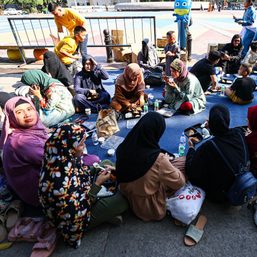

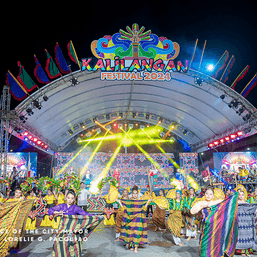
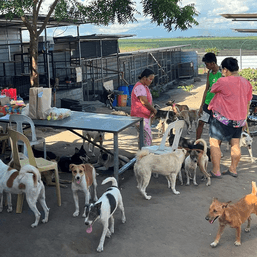
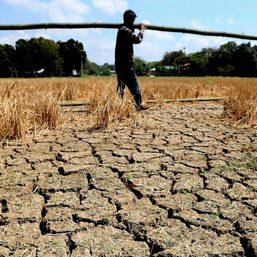
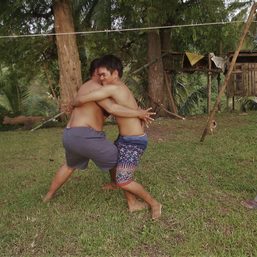


![[WATCH] Rappler Talk: How a visually impaired Bar passer from Sarangani defied odds](https://www.rappler.com/tachyon/2023/12/rappler-talk-visually-impaiired-bar-passer.jpg?resize=257%2C257&crop=422px%2C0px%2C1080px%2C1080px)

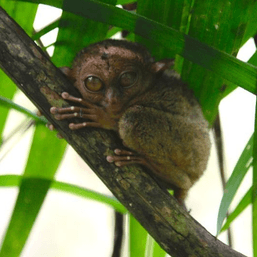
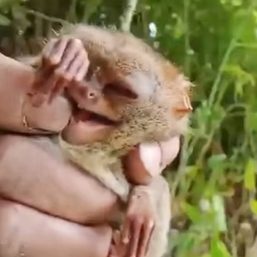
There are no comments yet. Add your comment to start the conversation.